The Iced Matcha Latte I’m Making Every Day (And How Japan Inspired It 🇯🇵)
Plus: the origin of matcha, choosing the right kind, and links to everything you need to make it at home.
A few weeks ago, I was lucky enough to spend some time in Japan—a country that blew me away with its deep cultural roots, culinary mastery, and daily rituals that just make sense. One ritual in particular caught my heart: matcha. Now, a lot of wellness girlies have been drinking matcha for years, and while I’ve always surface-level liked it, it wasn’t until this trip, that I actually fell in love with it.
I came home not only stocked up with a suitcase full of matcha tins (and a new bowl and chasen - the whisk!), but with a deeper appreciation for this vibrant green elixir. Since then, matcha has become a part of my afternoon routine, replacing my afternoon glass of wine, and I am officially the happiest I have ever been.
There’s only one problem—quality matcha is becoming harder to find. Because of the popularity of matcha in recent years, there is actually a global shortage — which means that the cost has gone way up. That said, it’s certainly not impossible to find delicious matcha, and I will steer you in the right direction 😏.
So, if you've been curious about matcha, already love it, or just want to learn what makes it so special (and how to make yours taste amazing), this post is for you.
🍵 So, What Is Matcha?
Matcha is a type of powdered green tea, but it's not your average green tea bag situation. The tea leaves used for matcha—called tencha—are shade-grown for several weeks before harvest, which boosts their chlorophyll content and gives matcha its signature rich green color. After harvesting, the leaves are steamed, dried, and stone-ground into an ultra-fine powder.
Because you're consuming the whole leaf, matcha is packed with antioxidants, amino acids (especially L-theanine, which promotes calm focus), and offers a longer-lasting energy boost than coffee—without the crash.
This is why many people I know have ditched coffee all together (or significantly cut back their consumption)—because with matcha, you can get that caffeine boost without that awful crash.
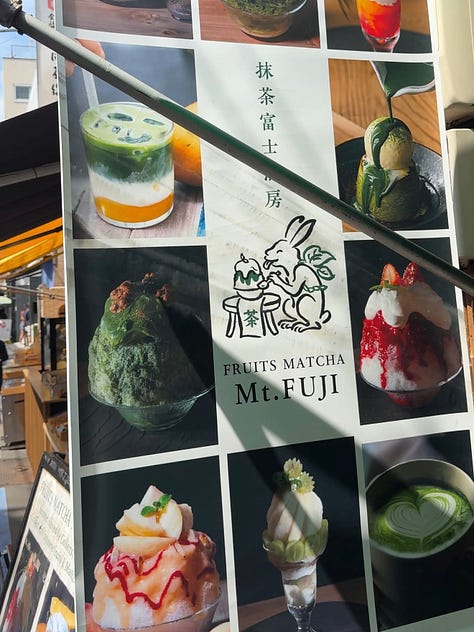
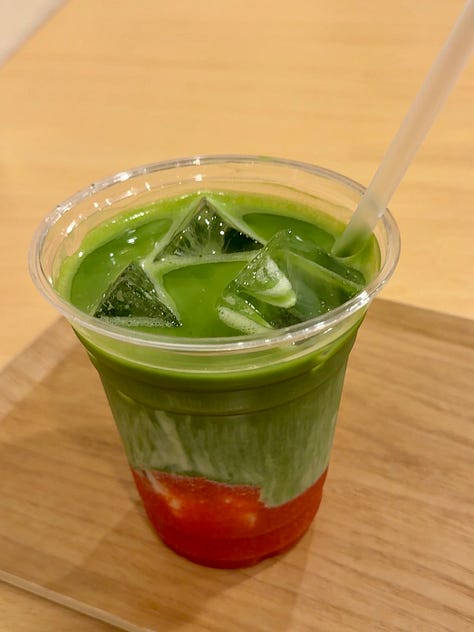
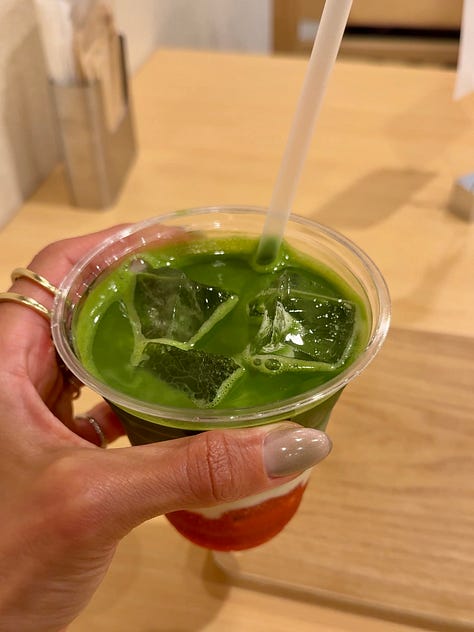
🌿 A Brief History of Matcha
Matcha's roots go deep into history. It was introduced to Japan in the 12th century by the monk Eisai, who had studied Buddhist practices in China and brought powdered tea and Zen Buddhism back with him.
Over time, matcha became an integral part of Japanese tea ceremonies, a deeply meditative and choreographed ritual meant to promote mindfulness, harmony, and respect.
While you don’t need to get deep to enjoy matcha in today’s world, knowing its origins and the work that goes into producing it, makes it more special. I now look forward to the 10 minutes in the afternoon where I get to zone out and try my best at whisking the perfect green froth!
🧪 Not All Matcha Is Created Equal
Ever since I came back from Japan, learning about matcha has become my new hobby. And while I have tons to learn that couldn’t possibly be covered in a single post, at it’s basic, there are different grades of matcha. So if you’ve had matcha before from a random coffee shop and it tasted bitter and yucky, there's a good chance it wasn’t high-quality or the water was too hot, causing the tencha (leaves) to burn, giving it that bitter taste. I digress.
So here’s a quick breakdown:
Ceremonial Grade
Best for drinking straight (tea + water) OR if you are bougie like me, in your daily lattes
Vivid green color, smooth texture
Slightly sweet, umami flavor
Used in traditional tea ceremonies
More expensive but worth it for sipping
Culinary Grade
Best for baking, smoothies, ice cream, and lattes (if you want to keep things more budget friendly)
More bitter and robust
Still packed with nutrients, just not as refined
Affordable and versatile
At the end of the day, this is my best advice:
If you are looking to enjoy an everyday matcha latte, don’t get fixated on ceremonial grade vs non-ceremonial grade. But if you do decide to up-level your matcha game, that’s where this hobby becomes more fun, because you get to try different matcha and do taste comparisons—think of it like wine tasting. And yes, this “hobby” can get very expensive, but it’s better than so many things. So if you have the means, have fun!'
🍵 Favorite Brands & Where To Buy
🛒 ceremonial-grade matcha that you can actually find!!
Naoki Matcha Ceremonial Blend ($23) - fantastic bang for your buck and not bitter!
Matcharl Kyoto Uni Matcha Powder ($23) - another amazing one that is not bitter and has more of an umami taste
Pique Organic Sun Goddess Matcha ($68) - expensive, but love that they come in individual packets that you can stir or mix into water.
😜 ceremonial-grade matcha that you’ll need to independently find!!
Marukyu Koyamaen, Kanbayashi Shunsho, Ippodo, Horii Shichimeien, Hatoya Matcha, Yamamasa Koyamaen
🤭 high quality culinary grade matcha that’s so good, you won’t be able to tell the difference
Navitas Organics ($21) - this has been a favorite of mine forever. Great for baking, lattes, smoothies and more.
Matcha DNA Organic Matcha Powder ($29 for 16oz) - this one has over 16k reviews and it is a very mild and well-rounded matcha. If you are new to matcha, I would suggest this one as your first entry into the world of matcha.
🧊 My Favorite Matcha Recipes
When I got back home, I went searching for ways to replicate the iced matcha drinks I loved in Tokyo. When I was at the Tsukiji Fish Market, there was a little cafe that served these delicious Iced Strawberry Matcha Lattes. When I say it was delicious, it was delicious - it was part dessert and part caffeine pick-me-up.
So the day after I got home, I created my own version and let me tell you, it’s even better than the one in Tokyo! Here’s the recipe!
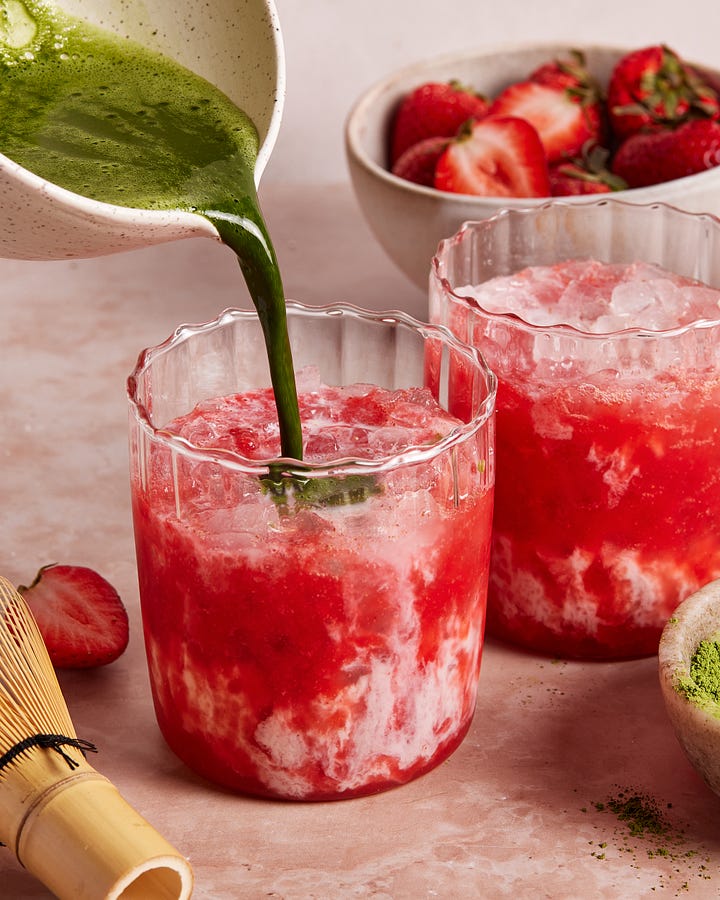
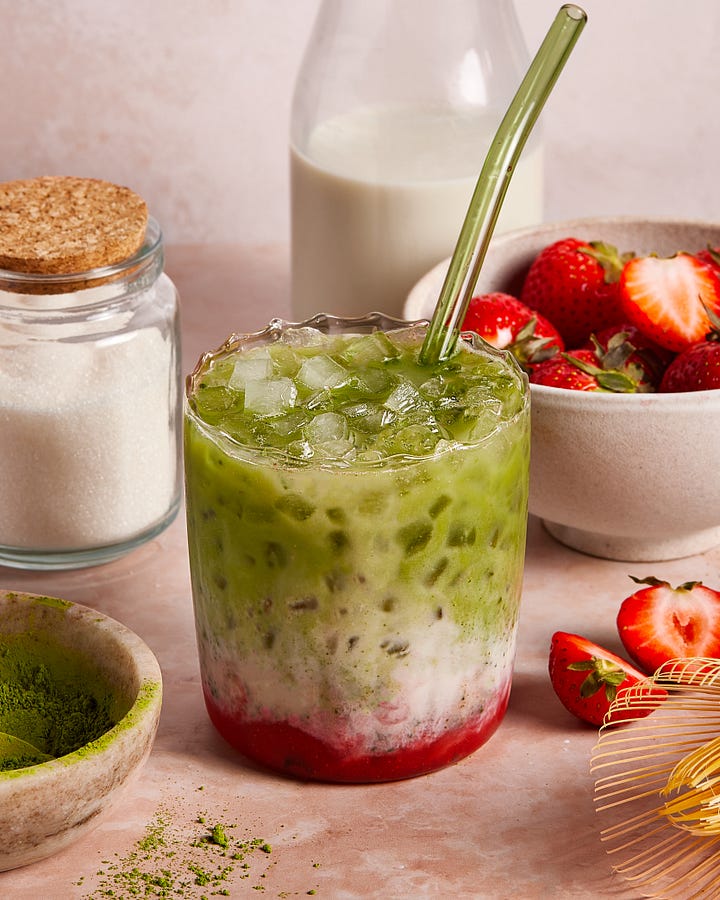
If you want something a little more basic but equally amazing, I recommend trying my Easy Iced Matcha Latte, which is my everyday go-to. It’s lightly sweetened with maple syrup (or honey), and you can really use any milk you’d like.
Kalejunkie’s Easy Iced Matcha Latte
Ingredients:
1 tsp high-quality matcha powder 🛒
2 tbsp hot water
1 cup milk of choice (I love using oat milk) 🛒
1 tsp vanilla extract 🛒
1–2 tsp maple syrup (optional) 🛒
Small handful ice
Instructions:
Sift the matcha into a small bowl to avoid clumps.
Add hot (but not boiling) water and whisk vigorously with a bamboo whisk (chasen) or electric frother until smooth and frothy. 🛒
In a separate glass, combine milk, vanilla, and maple syrup.
Fill the glass with ice, then pour the matcha over the top.
Stir, sip, and enjoy that beautiful green energy.
🎯 Matcha Must-Haves for Your Kitchen
I’ve already shared my recommendations for the matcha itself (scroll up!), but there are a few fun tools I highly recommend. These will make your matcha experience more fun and a little more traditional — that way, you can partake in the ritual of matcha.
✅ Bamboo whisk (chasen)
✅ Milk frother (optional but very convenient)
✅ Glass tumblers for Instagram-worthy drinks
✅ Glass mugs also for Instagram-worthy drinks :-)
Final Thoughts
For me, matcha isn't just a drink—it's become a ritual, a moment of calm, and a little luxury that I am giving myself every day—and I am inviting you to join me in making part of your everyday ritual too! My best advice is simply to have fun with it. Try different matcha, see what your tastebuds gravitate towards. Buy fun accessories that you enjoy looking at every day. Whisk your heart out and have fun creating the perfect foam. There’s a whole world to explore!
If you are a matcha lover, please leave a comment below and share your favorite brands and where you buy! And if you are new to matcha, let me know if you are willing to try it and create a new daily ritual.
Love you all and thanks for reading.
XO,
Nicole


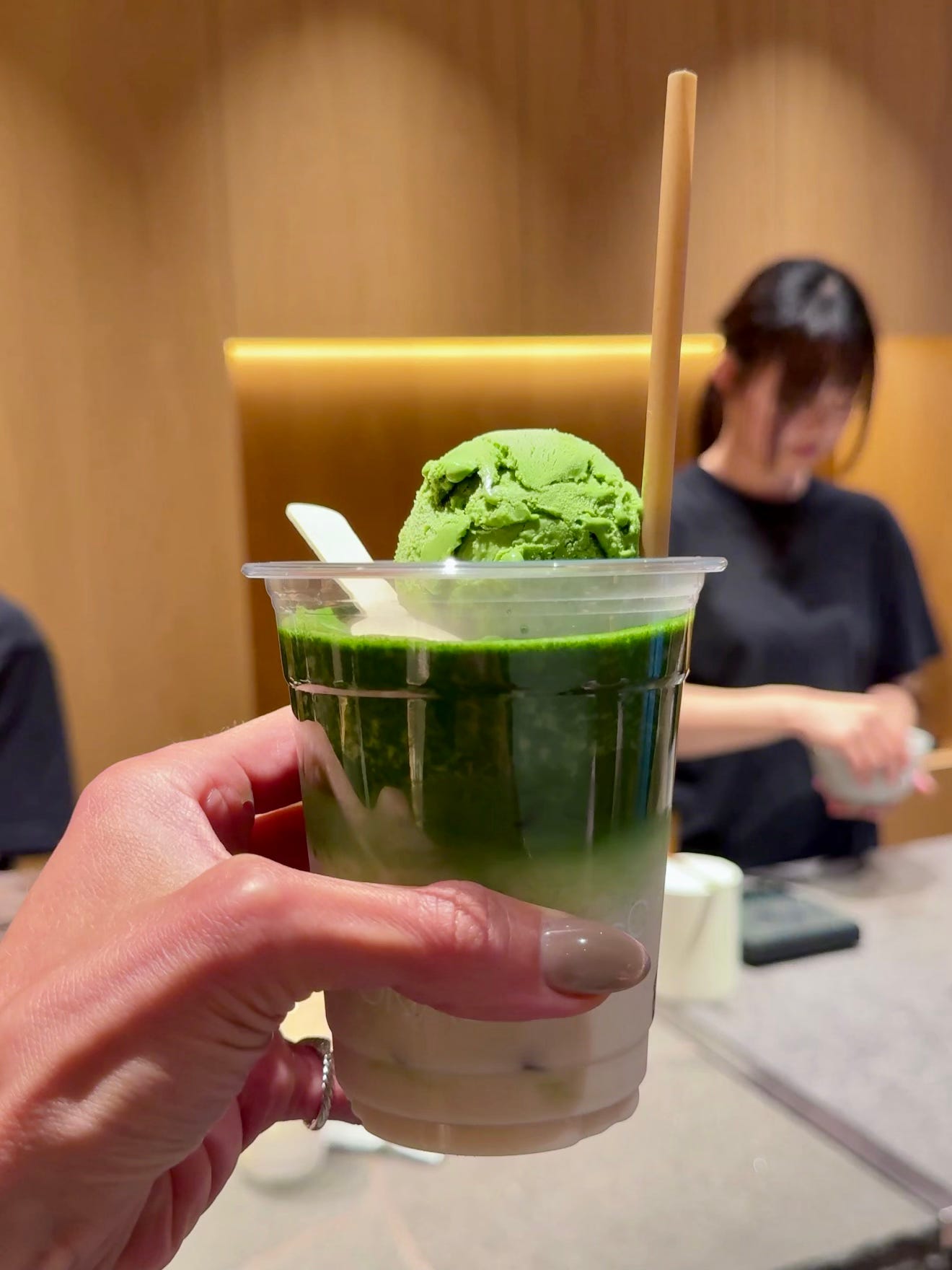
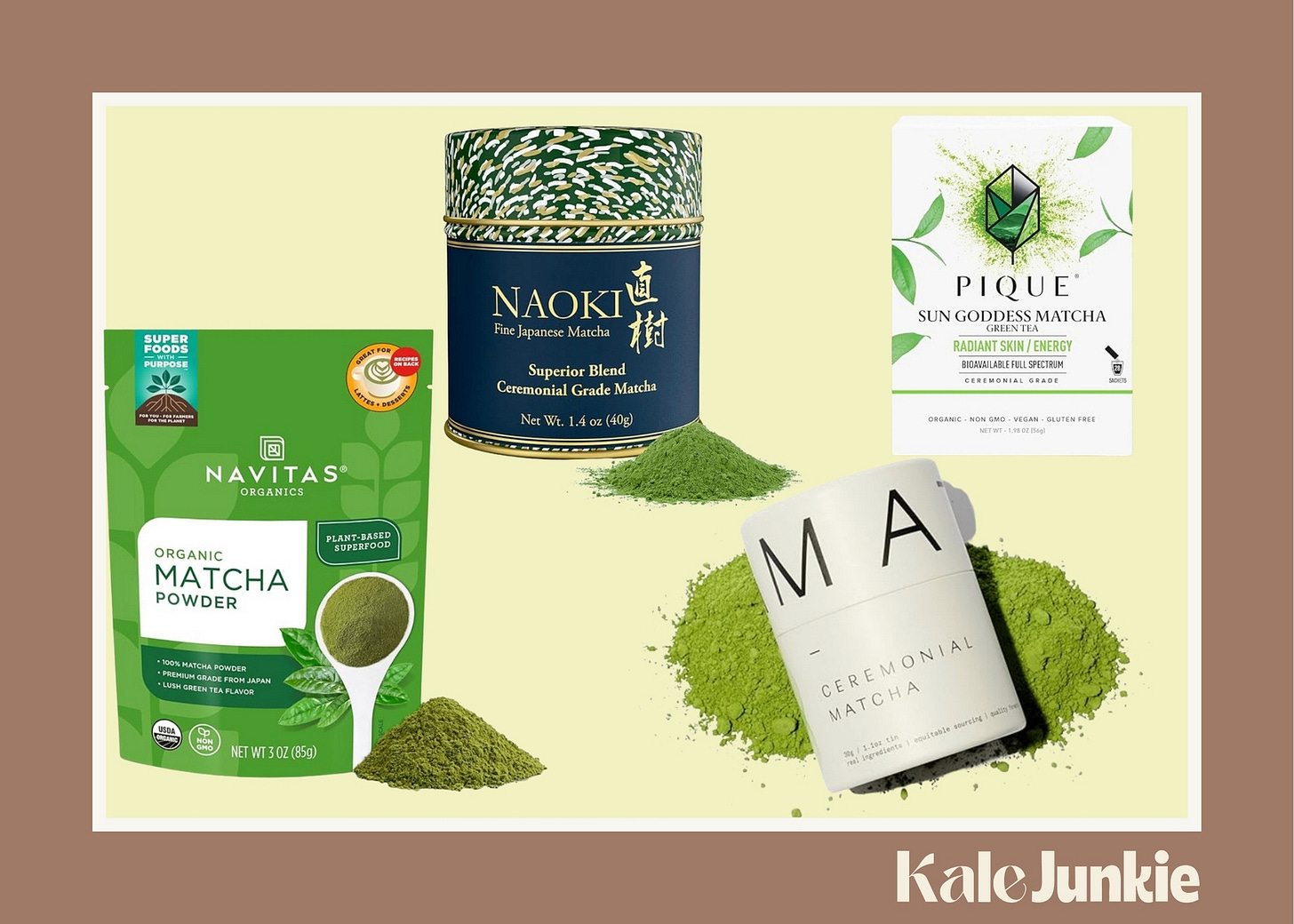
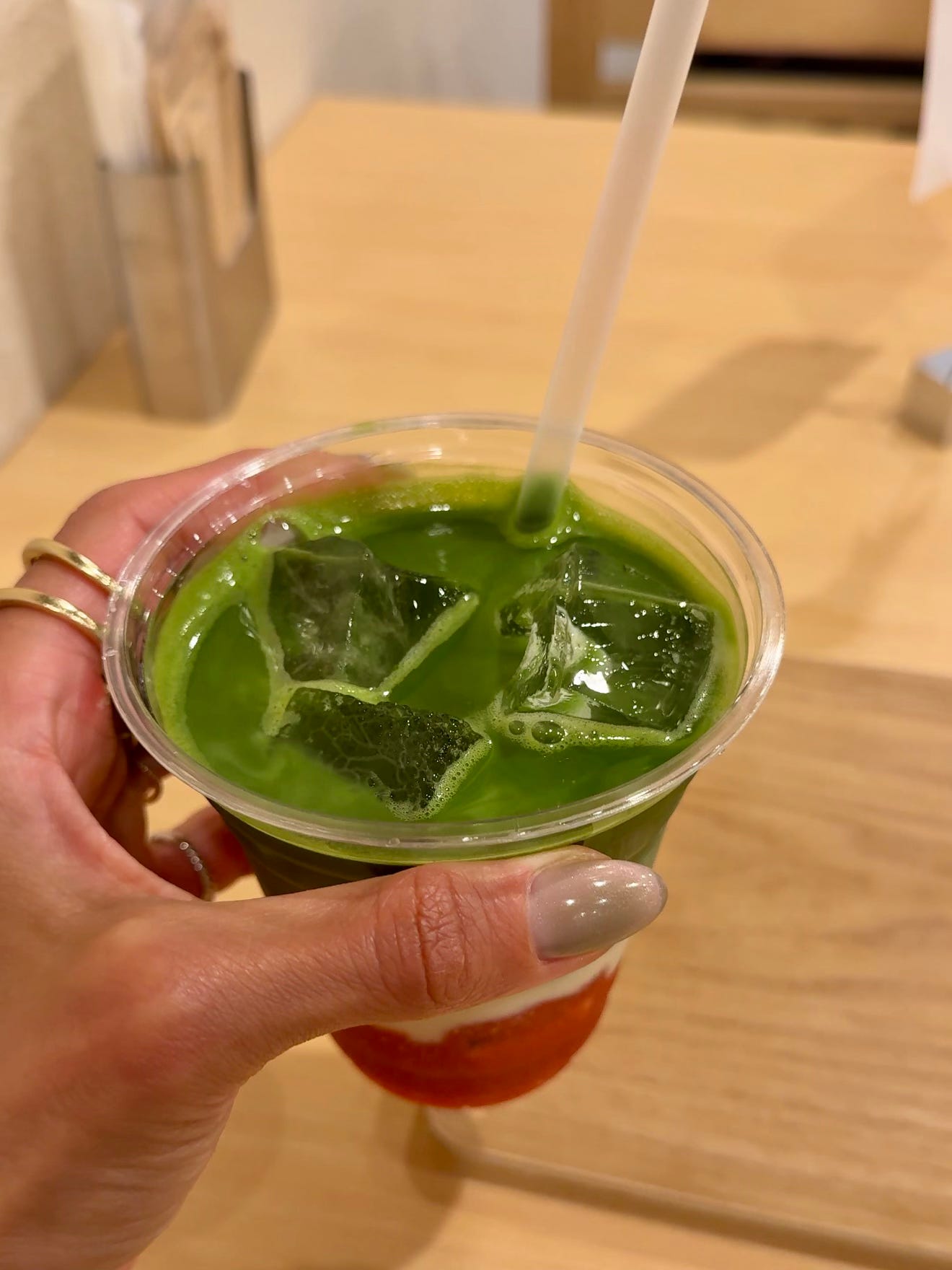
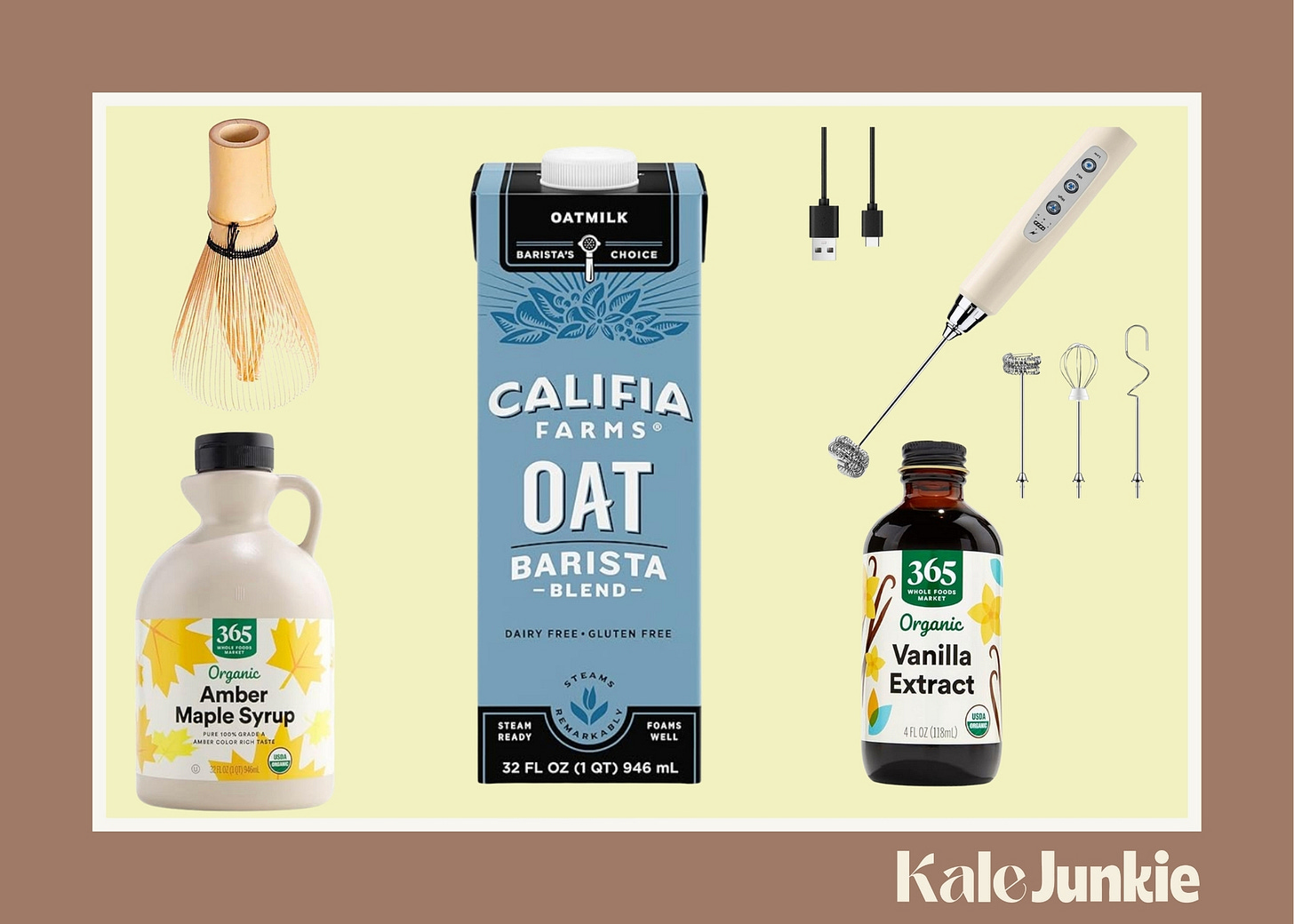
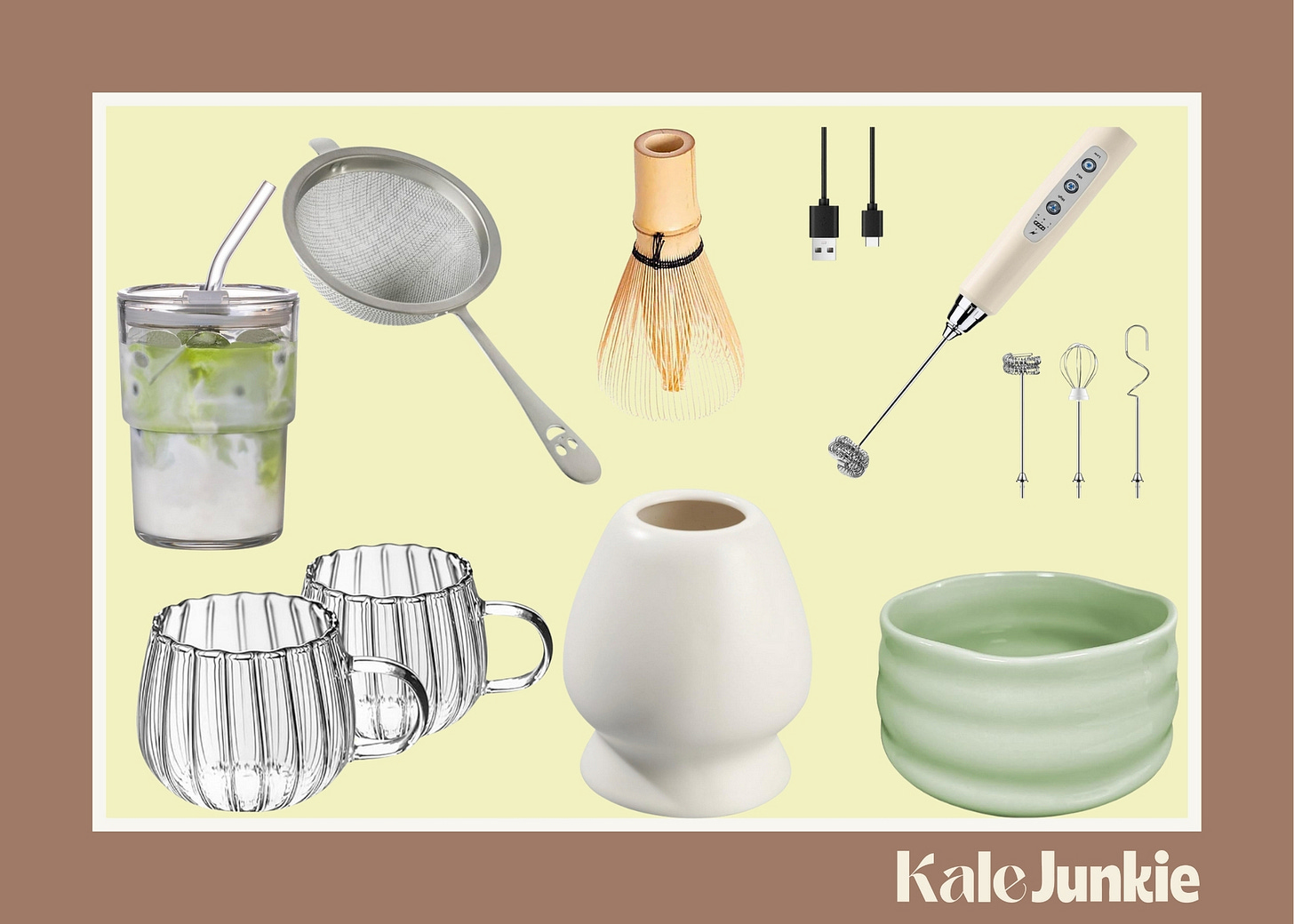
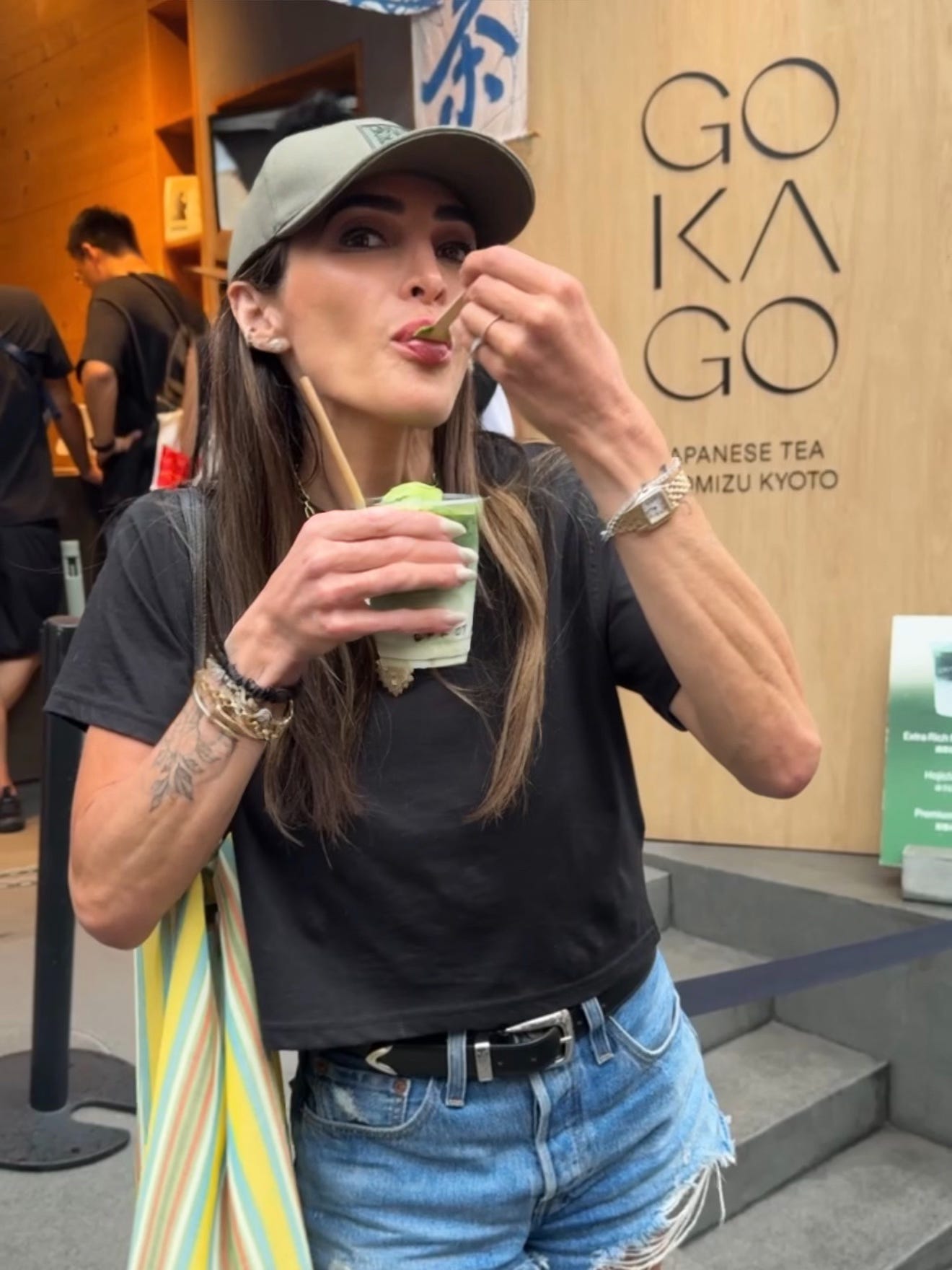
🍵👸🏻
I drink 1-2 matcha oatmilk lattes daily 🙄. Love everything about it. 2 Qs for you: (1) Thoughts on vanilla bean paste instead of extract in a latte? I’ve only tried the Trader Joe’s vanilla paste so far. (2) How is home made oatmilk in matcha lattes? I’ve never made my own. Is it worth it?